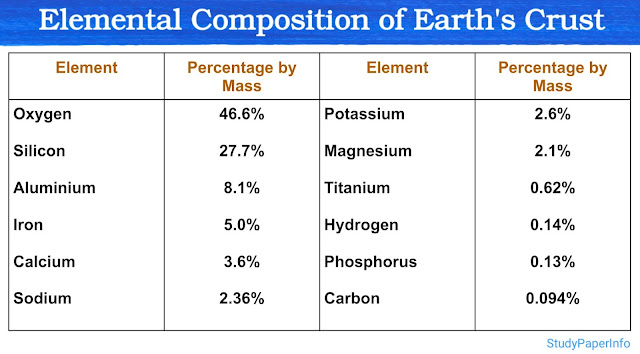What are the regulatory sequences of a typical eukaryotic gene? Give examples
In eukaryotic cells, gene expression is highly controlled by specific regulatory DNA sequences. These sequences do not code for proteins, but they decide when, where and how much a gene should be expressed. They mainly control the process of transcription, where RNA is made from DNA. A typical eukaryotic gene contains several important regulatory sequences, such as:
- Promoters
- Enhancers
- Silencers
- Insulators
- Response elements
1. Promoter
The promoter is the main regulatory region of a gene. It lies just before the transcription start site, which is the point where RNA starts getting made. This is the site where RNA polymerase and transcription factors attach to begin transcription. One well-known part of the promoter is the TATA box, found around 25 to 35 base pairs before the start site. It helps RNA polymerase find the correct place to begin. Another element, the Initiator (Inr) sequence, is present near the +1 position and supports proper transcription initiation.
Example: Housekeeping genes usually have strong promoters with clear TATA boxes to ensure continuous activity.
2. Enhancer
Enhancers are DNA elements that boost the level of transcription. They can be located far before or after the gene, or even inside introns. Enhancers bind to activator proteins, which help RNA polymerase work more efficiently. Sometimes, the DNA loops to bring the enhancer close to the promoter.
Example: The β-globin gene enhancer controls the gene's activity in red blood cells and is located thousands of base pairs away from the gene.
3. Silencer
Silencers are opposite to enhancers. They reduce or completely block transcription. They work by binding to repressor proteins, which prevent RNA polymerase from working properly. Silencers also act from a distance and can be present in different locations relative to the gene.
Example: The NRSE silencer prevents neuronal genes from being expressed in non-neuronal cells.
4. Insulator
Insulators serve as barriers. They stop enhancers from activating the wrong gene and also prevent the spread of silencing effects. This helps in keeping nearby genes regulated independently.
Example: The CTCF-binding site in the H19/Igf2 region is important for gene boundary control during genomic imprinting.
5. Response Elements
Response elements allow genes to respond to external or internal signals like hormones or stress. These elements ensure that genes are expressed only under the right conditions.
Examples:
- Estrogen Response Element (ERE) activates estrogen-responsive genes.
- Heat Shock Element (HSE) helps turn on genes during heat stress.


Comments
Post a Comment